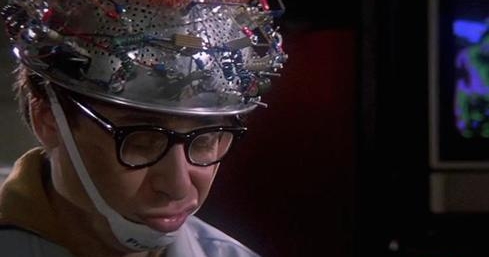Wearable computing technology is nothing new in the world of film—think James Bond’s wristwatch or (if that’s a stretch) the wired monkey brain scanner worn by Rick Moranis in Ghostbusters—but in the real world, wearable technology has yet to make a big impact on consumers or businesses, except in the healthcare industry, where wearable devices, particularly Google Glass, seem to be gaining enthusiastic acceptance for the first time.
Today’s wearable tech movement began with Nike+ technology, which started as sensors in running shoes designed to track performance. It was 2006, when Nike and Apple teamed up on the first killer collaboration in wearable tech: the Nike+iPod Sport Kit.
So it’s no surprise that the wearables sector has seen most of its early growth in the fitness space, with the occasional foray into vests and jackets housing disassembled laptops connected to heads-up display goggles, and some truly unfortunate keyboard pants.
Then Google unexpectedly unveiled Google Glass, a somewhat unwieldy-looking pair of glasses that functions as a wearable computer when paired with a smartphone with a reliable cellular connection to the internet.
While late-night talk show hosts were making laughs with their geek jokes, Google couldn’t keep its developer- and press-only Glass in stock, even at $1,500 a pop for its earliest beta versions, as developers and entrepreneurs evaluated the potential of augmented reality displays at work, for example when a technician in the field could access online repair manuals or a doctor could pull up a patient’s records during a consultation. Check out our slideshow to see five innovative ways Google Glass and other wearable tech are being used in healthcare.
Image credit: gbfans.com

